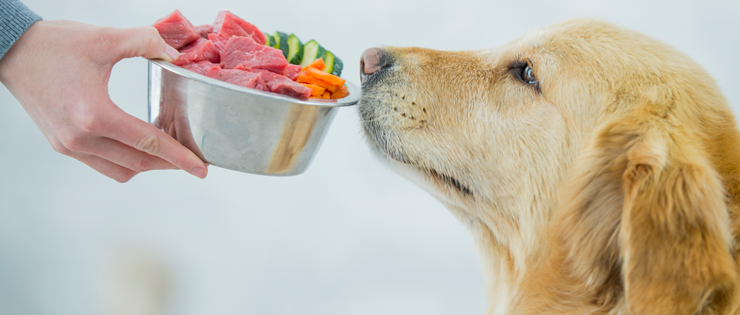
I remember when I was growing up, I was a fussy eater! I used to pick around my plate for the better part of an hour or two, as my mum patiently sat and ensured I finished what was given to me. When my dog Chester was a puppy, he showed similar signs of selective eating behaviours. It's incredible to consider so many of our behaviours are shared with dogs and how experiences during our development can shape who we grow up to be. I soon learnt that if I didn't eat my dinner, it would get taken away. So did Chester.
But there are many reasons why dogs can become finicky eaters, some behavioural, but some can be due to poor health and diet. In general, it is important that my clients chat with their physical health specialist about concerns of poor eating habits before I work with them. We always want to rule out any physiological causes before we delve into the canine psyche. This is because we can't safely change a behaviour if there is an underlying physical illness. So, the first question I'd like you to ask yourself is; Is my dog not eating because they are unwell? If they have not eaten for more than a couple of days, are lethargic, have lost weight or are just 'not quite themselves', then head to the vet and get your beloved four legged friend checked out, including their teeth and gums!
Once they get the all clear, then let's consider your dog's diet. What are you feeding them? Have you been feeding them something highly appetising, and then all of a sudden have moved them to a dry food substitute? Consider from your dog's point of view what appetising means to them. Imagine if your daily dietary intake was a bowl of cauliflower for breakfast and a bowl of broccoli for dinner. Firstly, that is incredibly bland and secondly, it is probably not a balanced meal to survive and thrive on. Are you doing the same to your dog?
Choose a balanced meal high in protein and nutrients and low in grains and fillers. Sometimes food high in padded ingredients can fill up your pet without giving them any sustenance. Cooking (and soaking) the food can also be beneficial for two reasons. Firstly, it can make it smell tastier and secondly, some research indicates cooked meals can reduce the risk of ingesting nasty bacteria and parasites. Also, mix up the diet by changing the menu here and there. Once a week, I give my dogs a brisket bone each and that's it for the day. I have two staffys so a bone like this may not be appropriate for your dog, however brisket bones are the only types of bones I tend to feel comfortable feeding them as they are 'soft' and don't splint.
If there are indications that you might have inadvertently reinforced a finicky eating behaviour in your dog, here are my top tips to teach them to turn down their nose instead of turning it up!
1. Don't leave a dog bowl with food in it on the ground for longer than 30 minutes.
2. Refrain for feeding your dog from your hands if you rely on them eating independently. I often feed by dogs from a combination of hand feeding, bowl, and treat dispensers. The variety makes eating more interesting, however, if you only intend on feeding them from a bowl, then that is what they need to learn to do. My advice is to throw your dog bowl out however, and make food a highly valued opportunity through treat dispensers and 'work'.
3. Leading from my previous point, dogs love to have a purpose and the point of this is to work and get rewarded. Food is a great motivator for work, so it is great to use it to teach your dog new things as well as give them confidence in understanding how to get what they want from you. It also helps to build a great bond between you both.
- A great game I play with Chester is hiding small bits of his dinner under one of two cups and getting him to guess which one it's under. Once he touches it with his paw, the mug reveals the treat underneath. I do this until his meal is all gone, which takes about 10 minutes. This is great for him as he has to think and play to get his food and instead eating from a bowl, which takes 10 seconds to gulp up, he has to use his brain for 10 minutes to get what he needs. If you don't have 10 minutes right now, then scatter and hide their food. This takes one minute of your time and many minutes of your dog's.
4. Is your dog suffering from stress and anxiety? Feeling anxious can dramatically reduce a dogs appetite. Some clients will tell me that their dog will not drink or eat at all whilst they are left alone. This indicates that they are too uncomfortable to do so. If this is the case with your dog, try giving them something much more delicious as you leave, rather than their regular and predictable food. Also, get in touch with me for more information on separation anxiety. It is a common issue and should be addressed as soon as possible.
So it seems that a fussy eater may actually be more three dimensional than we thought! If you find that your dog fits into this description, then don't panic. Observe them, check their health and get stuck into some dog psychology.. to help them get stuck into their tucker!